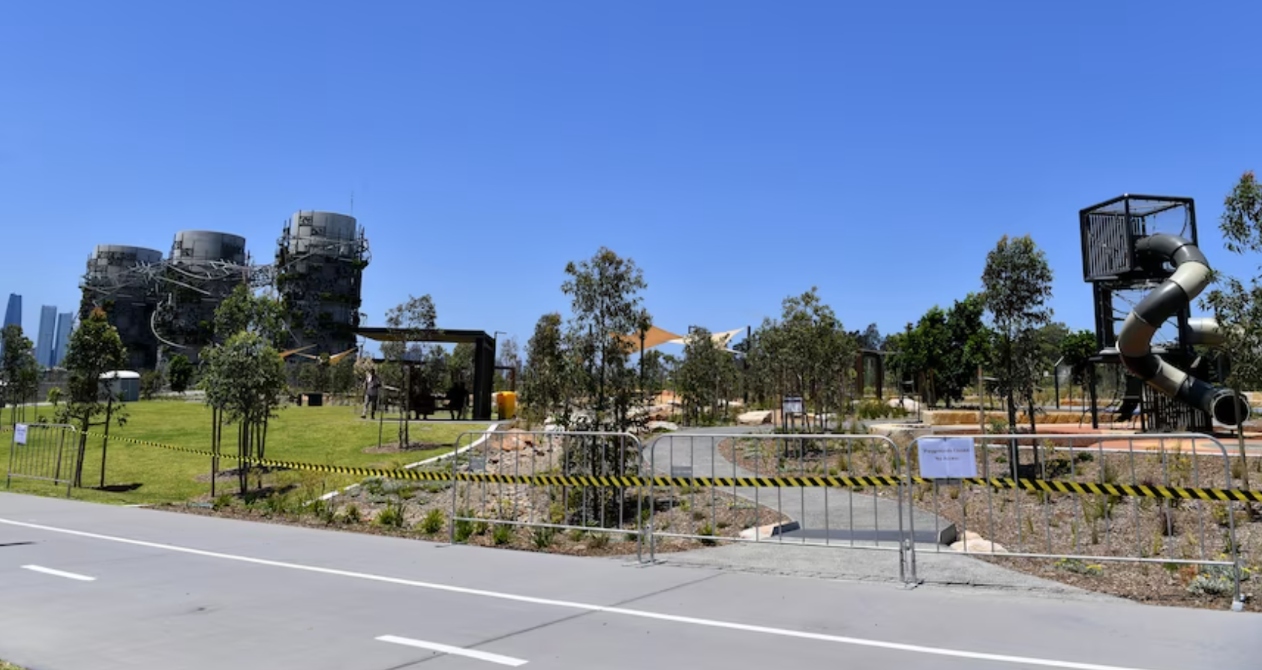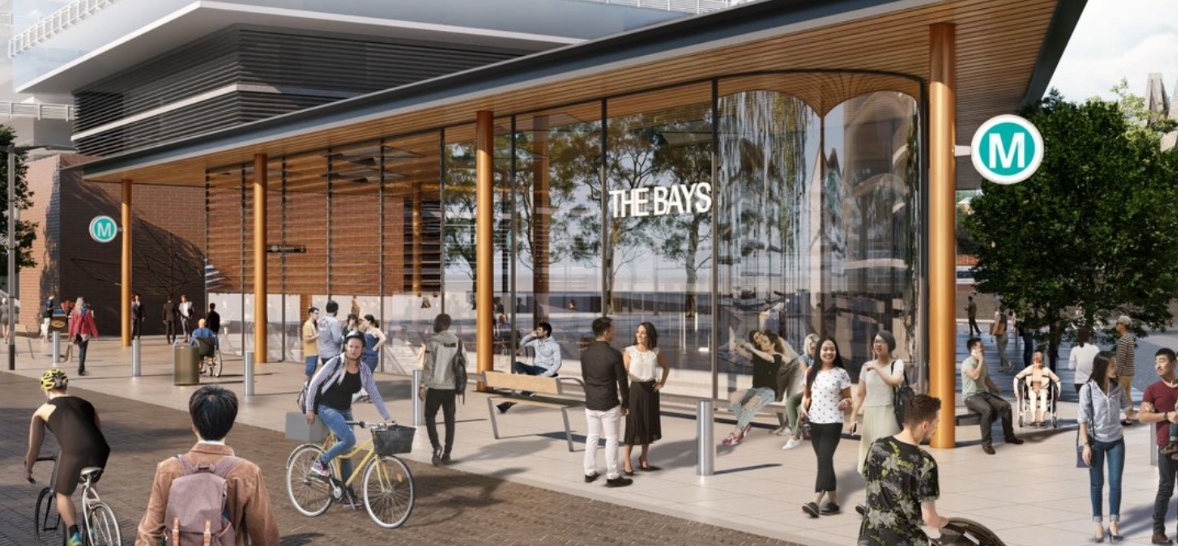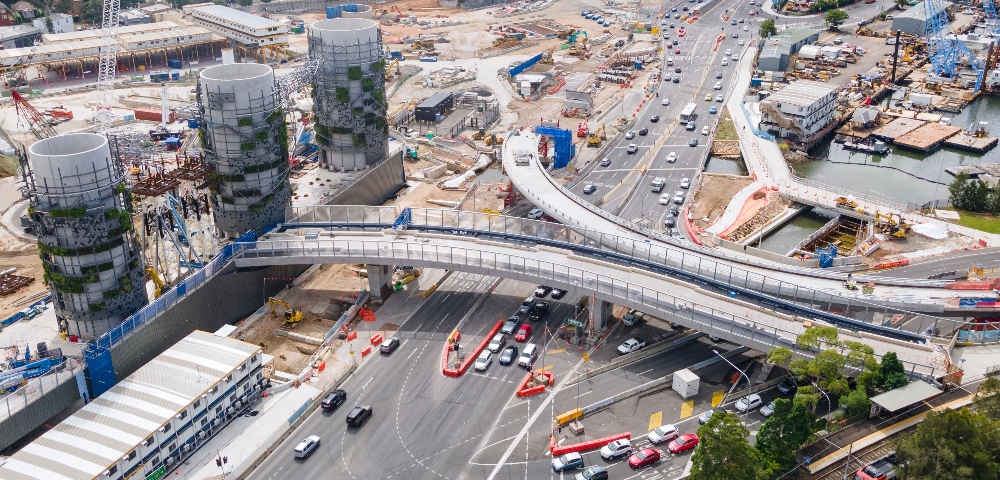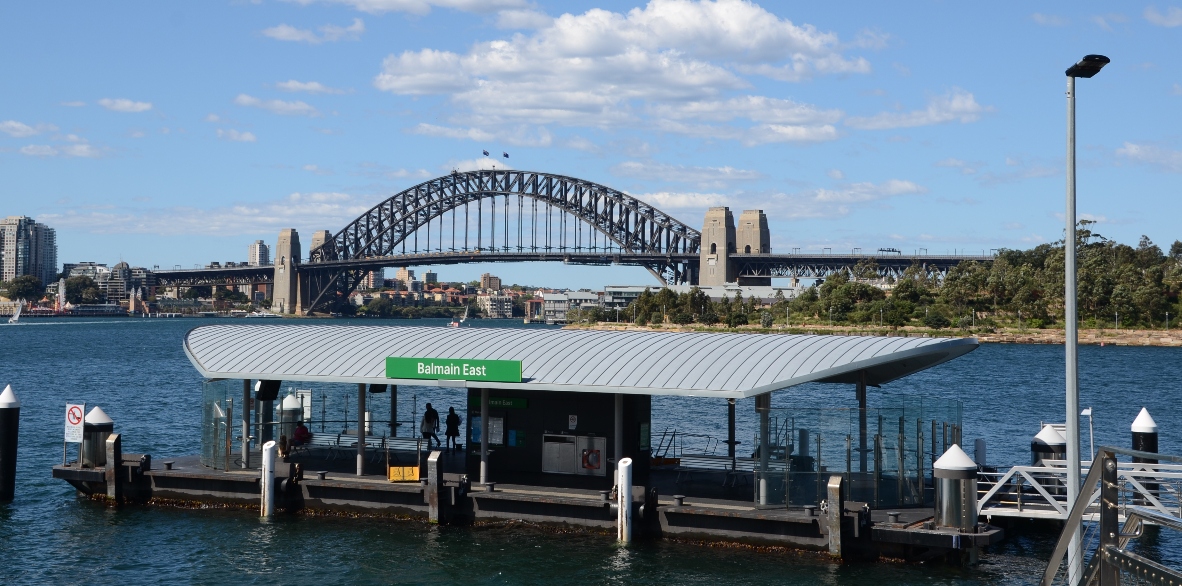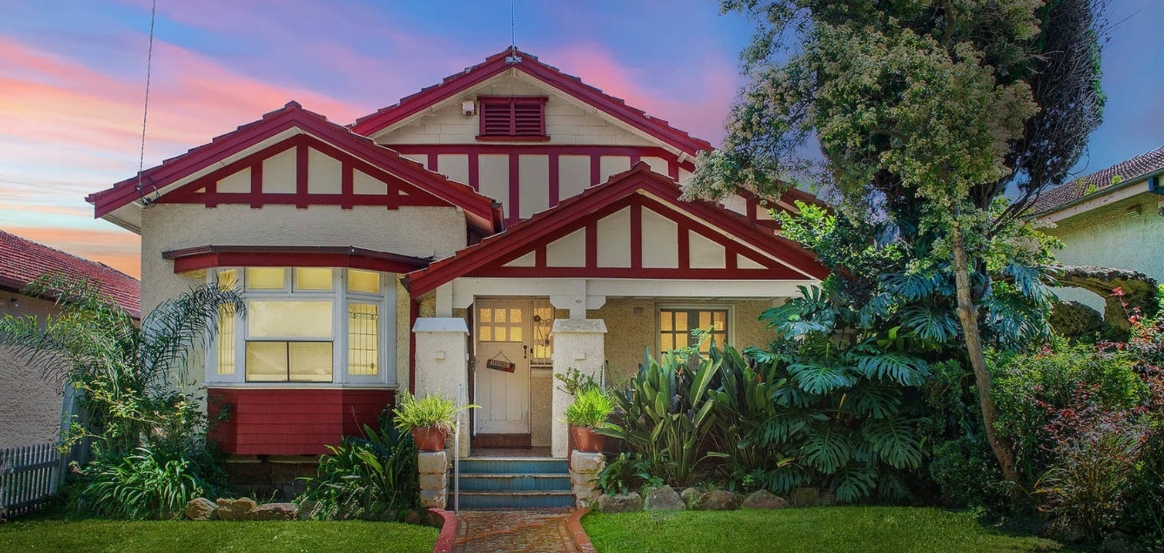
Reigniting the live music scene

By RACHEL CLARK
The Inner West council has “scrapped” the need to submit a development application to hold live music and art events in shopfronts, offices and industrial premises, allowing for new venues to host live performances.
Live music and performances have been struggling for the past few years. With some of the obstacles preventing artists and performers from exhibiting their work including the controversial lockout laws, council red tape and development applications.
This has eventually led to the shutdown of a number of venues across Sydney that have been unable to cope with the pressure. One notable loss in the past year was the iconic live performance bar Freda’s.
The Buoys, an all-female rock band, has witnessed this over the past few years. They explained the situation mainly affects the bookers and venue owners, but they also feel a “flow on effect” in the industry.
COVID-19 has caused a greater strain in an already struggling industry. As lockdown resulted in the closure of pubs and clubs, many bands needed to get creative and find other ways to perform.
“It’s definitely a shame we can’t perform, this is a huge part of why we are a band”, states Zoe from The Buoys.
Highline is a band that is fairly new to the live music scene. They say that they haven’t been able to receive many of the opportunities that were on offer prior to COVID. Including the adaption to performing on live streams, similarly to The Buoys and various other performers.
No DA, no worries
But Inner West mayor Darcy Byrnes, who has been an advocate for live music and performance since being elected into office, hopes the scrapping of development applications and the new “simple rules” will help bands like The Buoys and Highline thrive.
The changes will allow local musicians, performers and visual artists to hold live performances and exhibitions without the need for a development application. Audiences of up to 150 people will be allowed in industrial premises and 80 people in properties in local centres.
“This will mean that artists can simply pitch to the owner of a warehouse, book store or office block to make use of their premises after dark or on weekends, when the property would be sitting empty and unused,” Mr. Byrne explains.
“No costly DA will be necessary.”
The goal is to reignite the live music scene through the financial incentive of the local property owners to provide opportunities to host various artists in a post-COVID world.
Creating spaces for artists to grow and develop and bringing financial stability back into the live scene.




